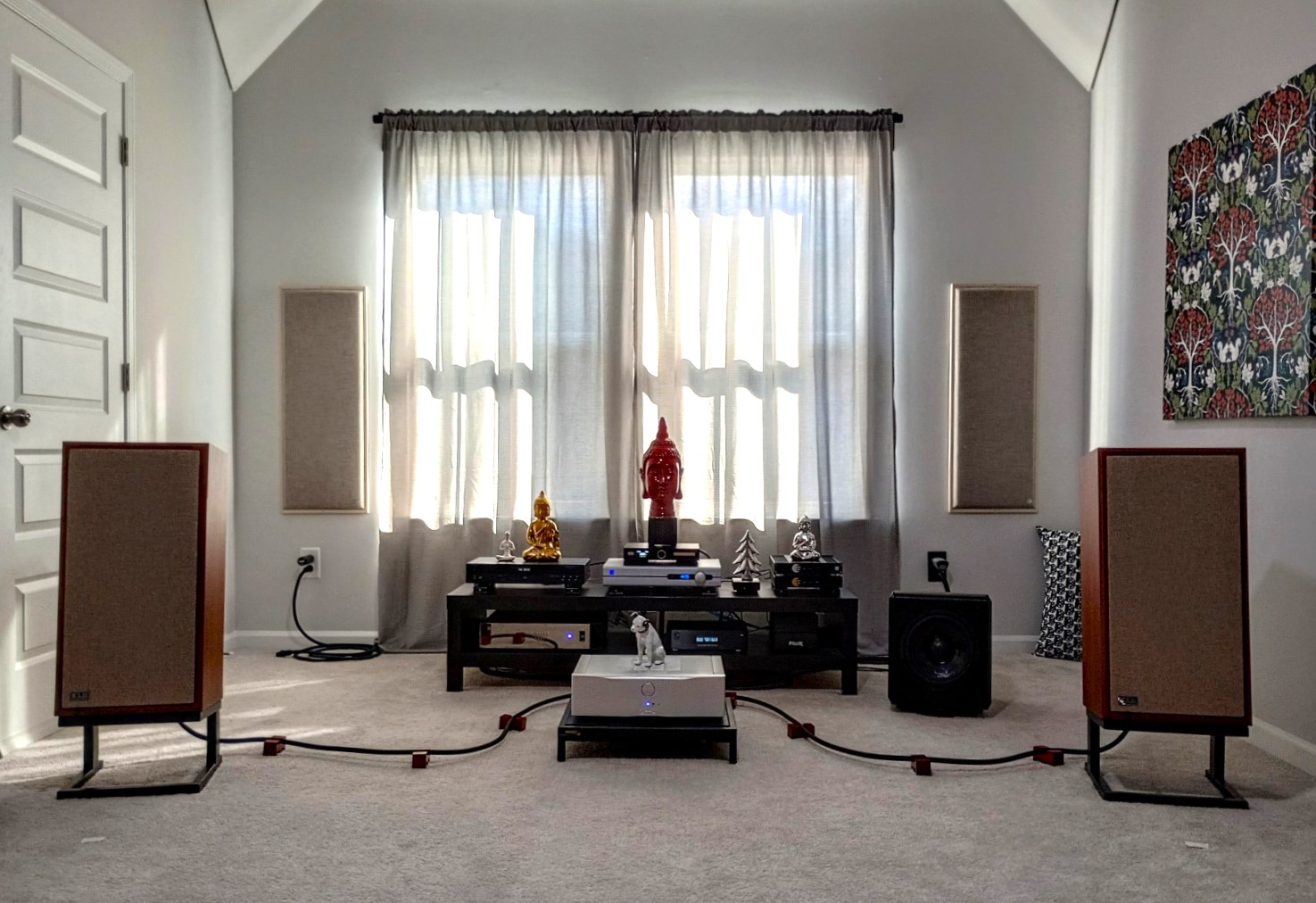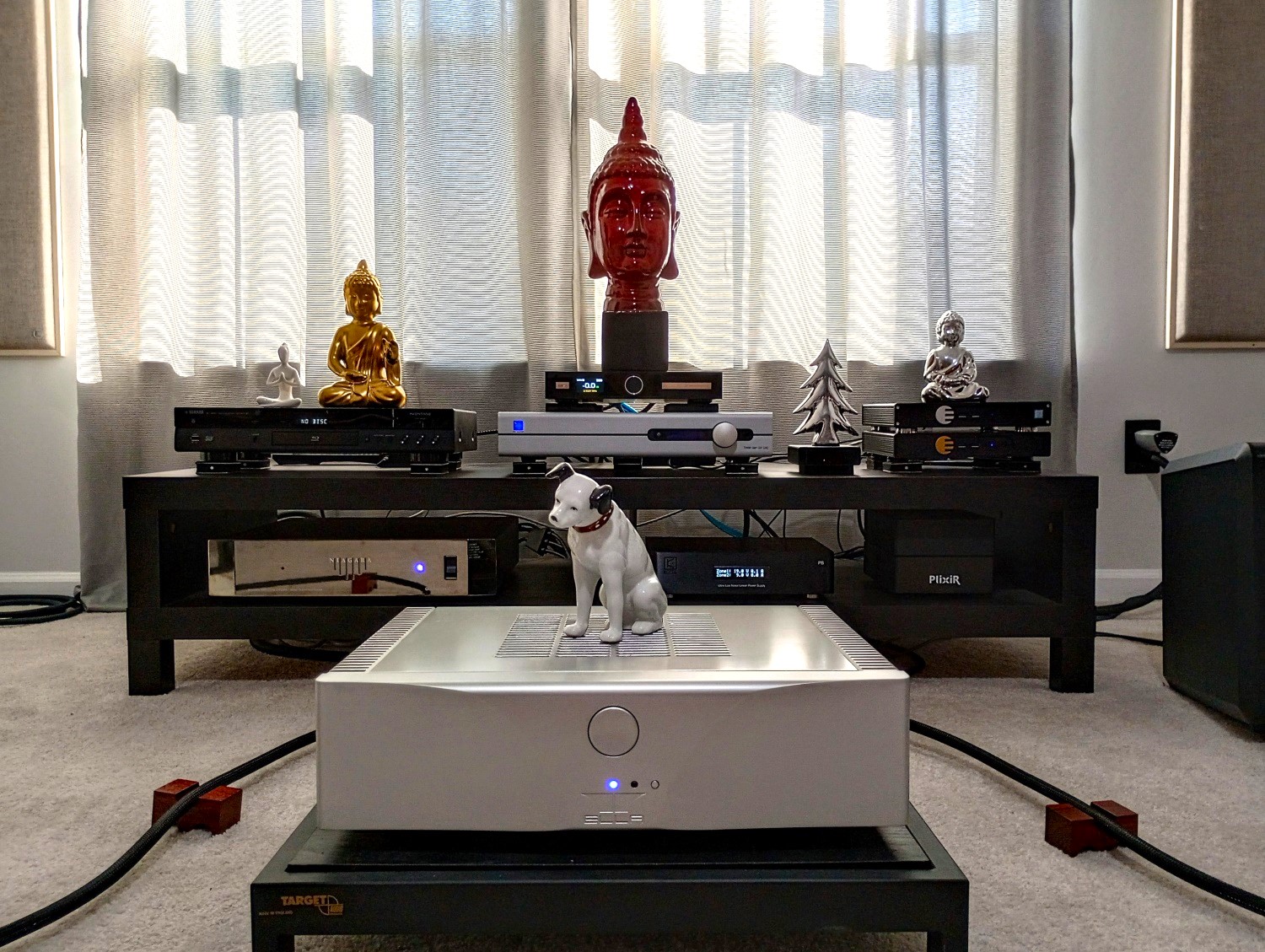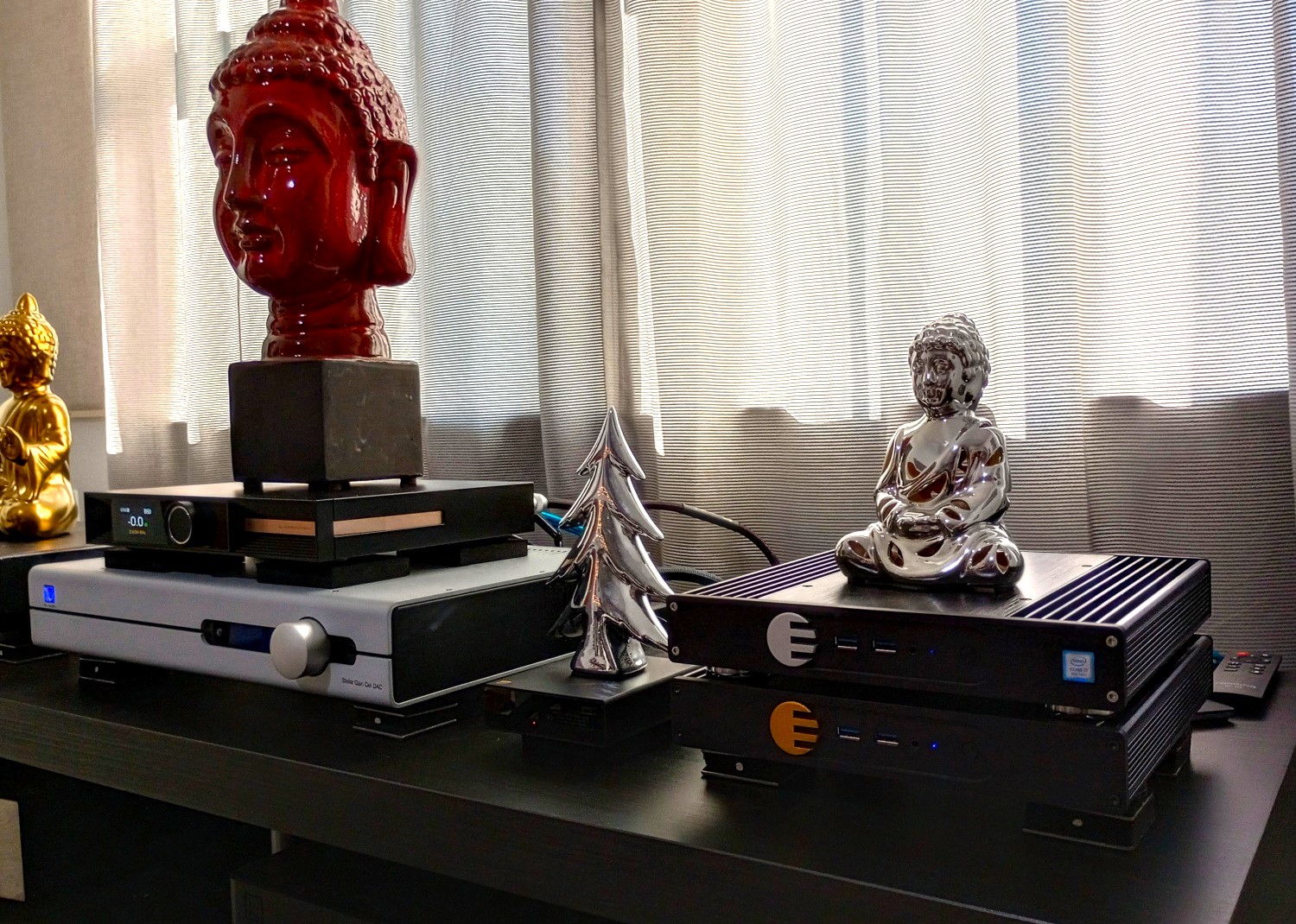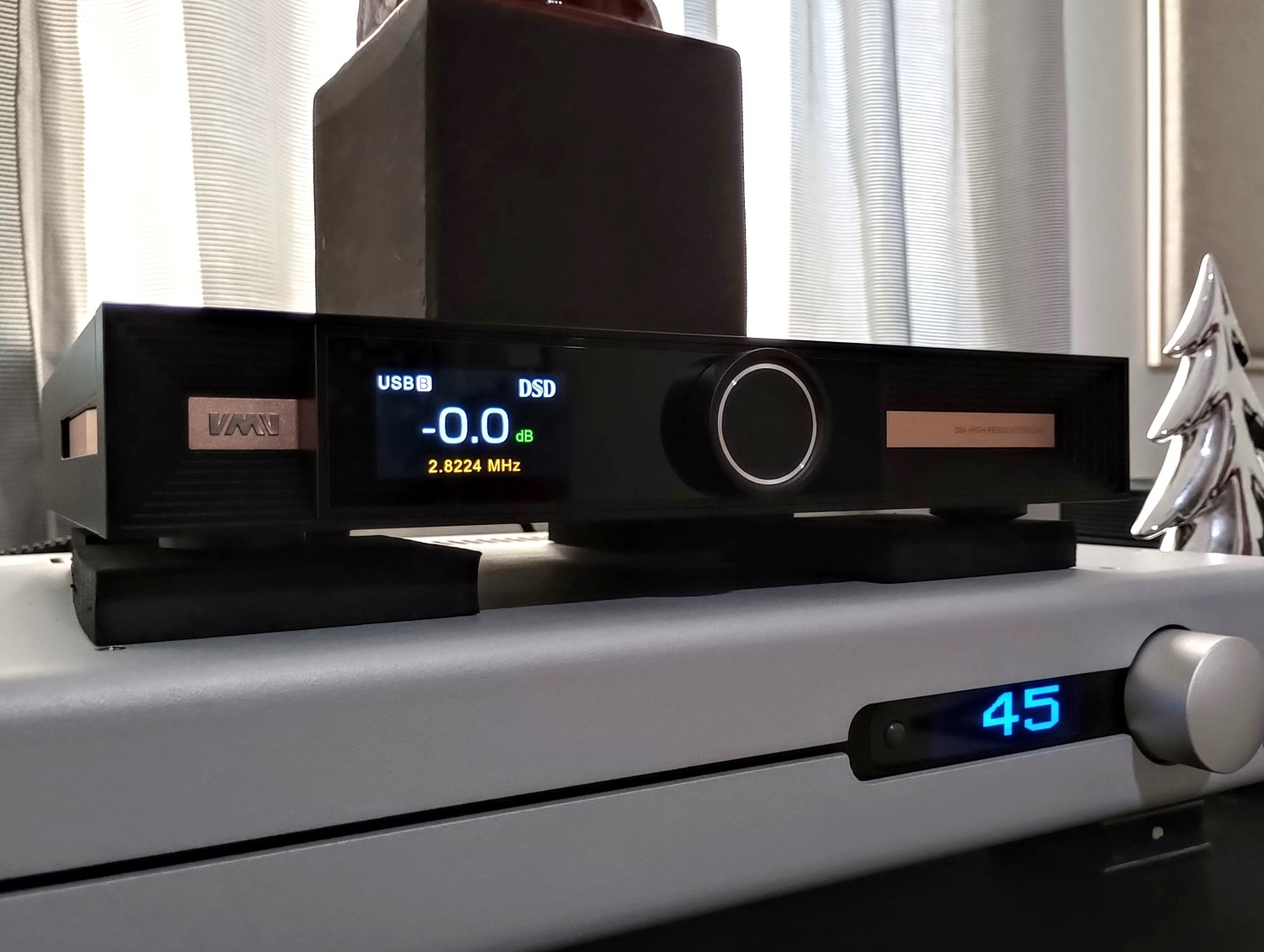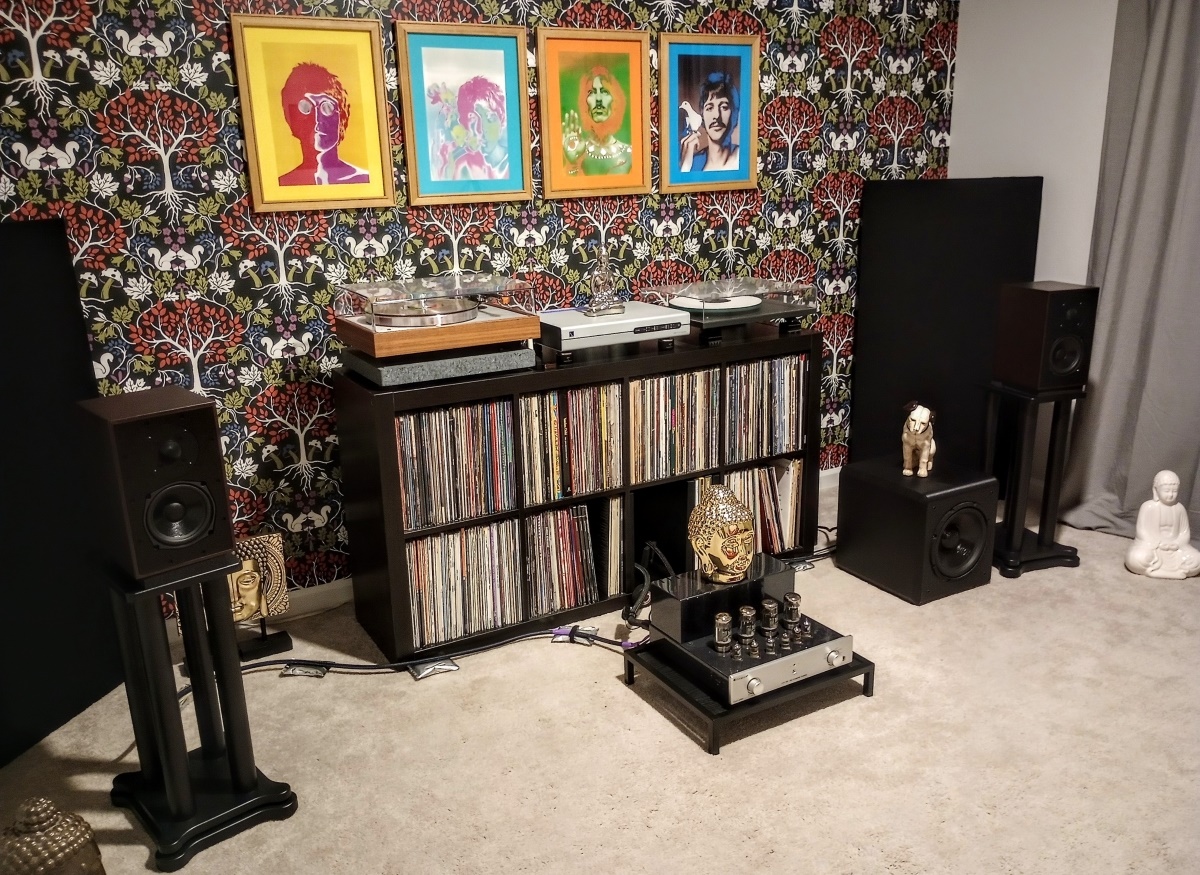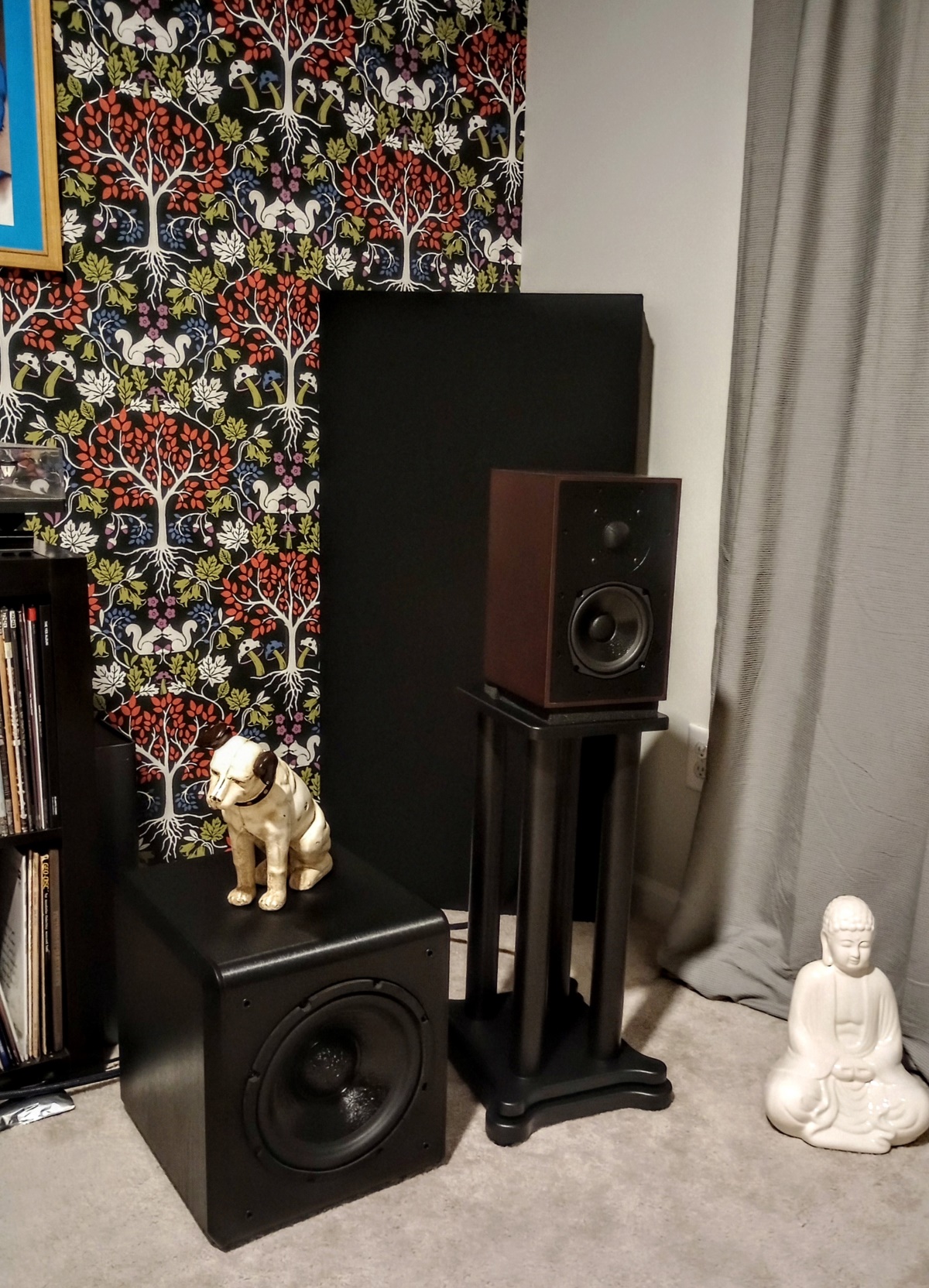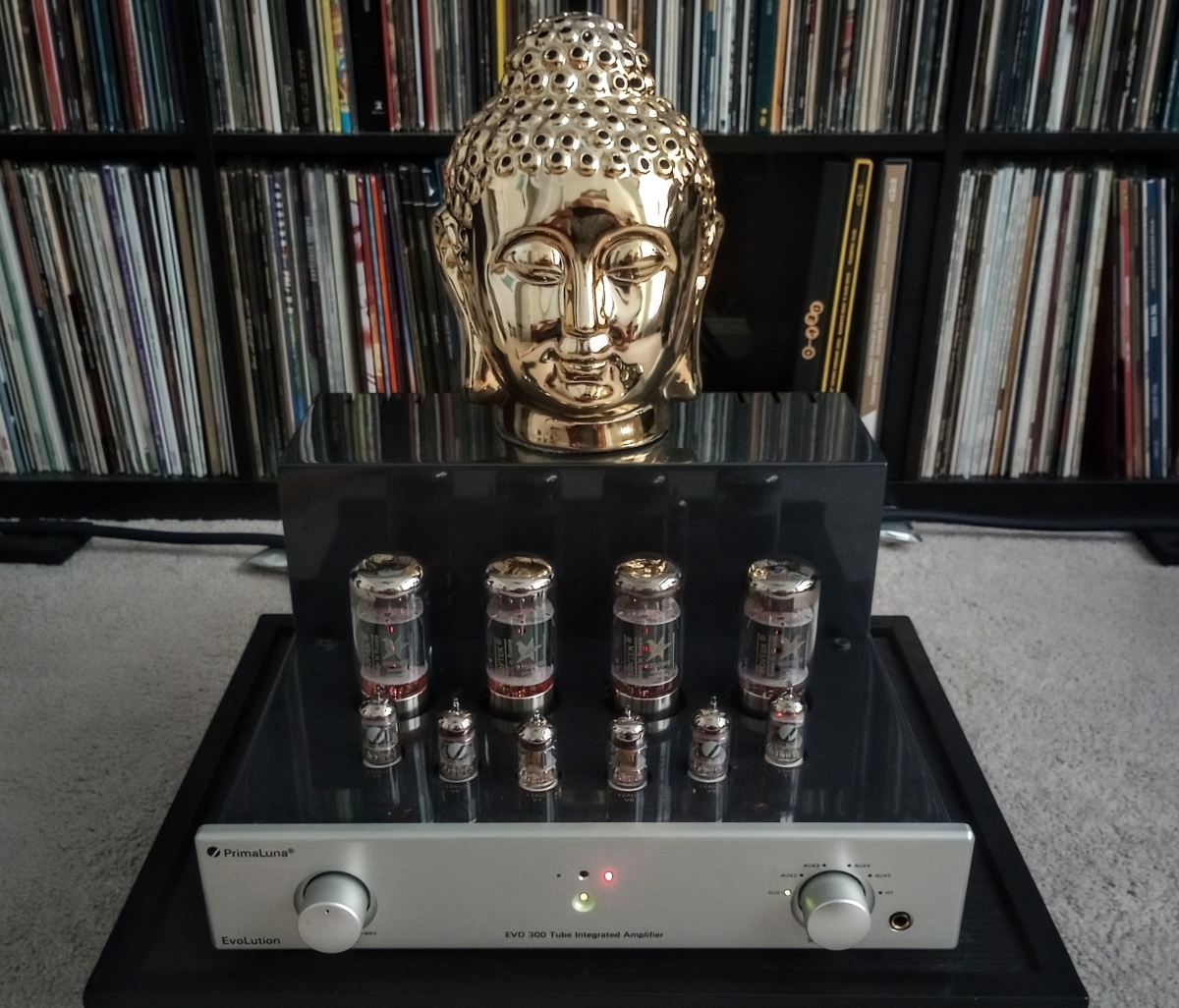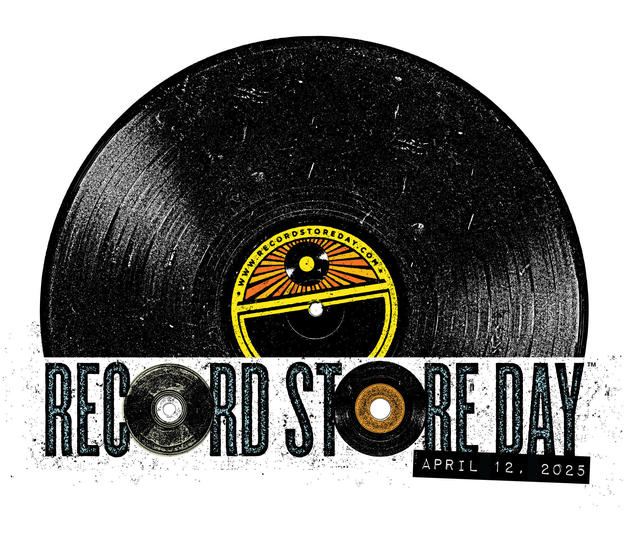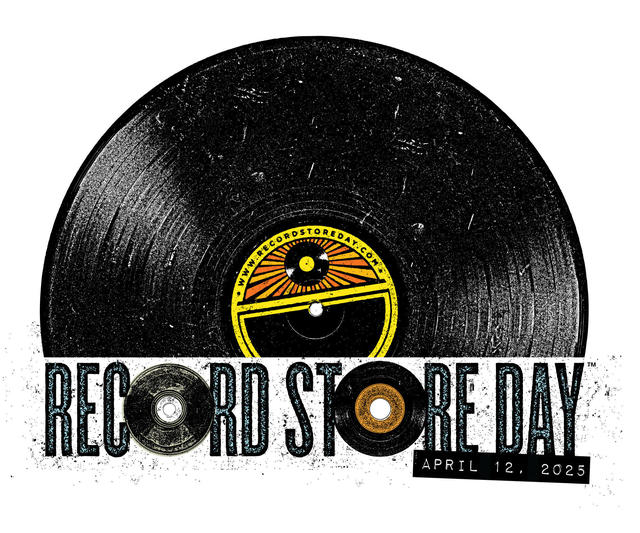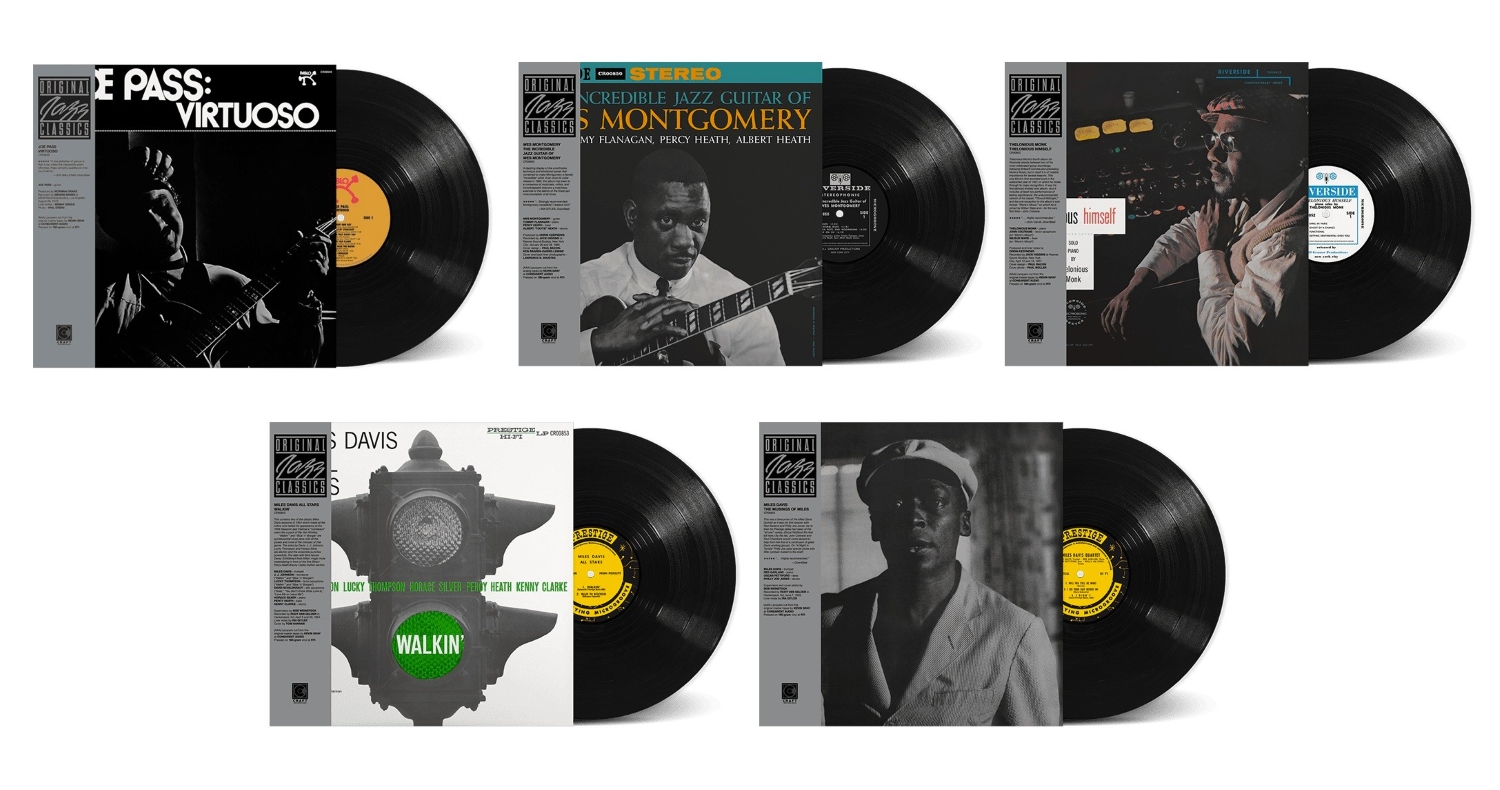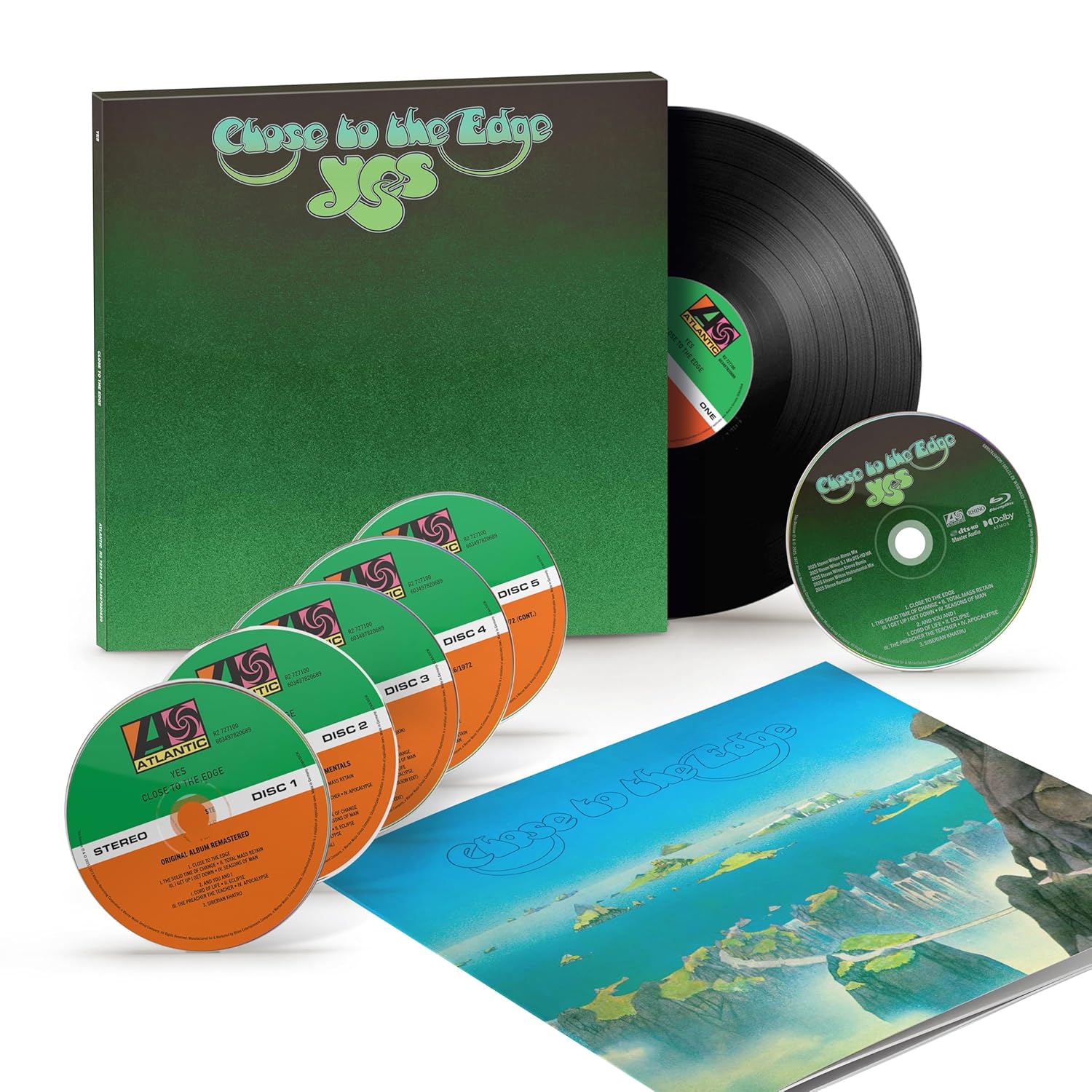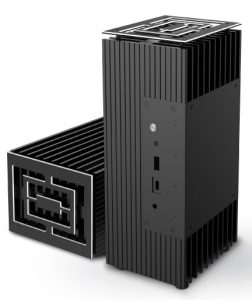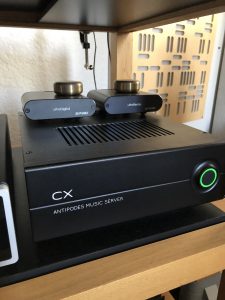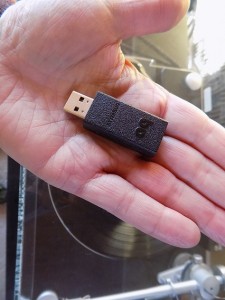Anyone who might have read any of my recent babblings here is probably aware that I'm in the process of building a new house that will have a large-ish dedicated listening room with state-of-the-art networking. There will be no computer present in the new room, but there will be available hardwired connections for any peripherals that need network access (i.e., the microRendu; full review forthcoming). While we were supposed to already be in the new place by now, there have been considerable delays, but the end game appears to be in sight—within a few-or-three weeks or so.
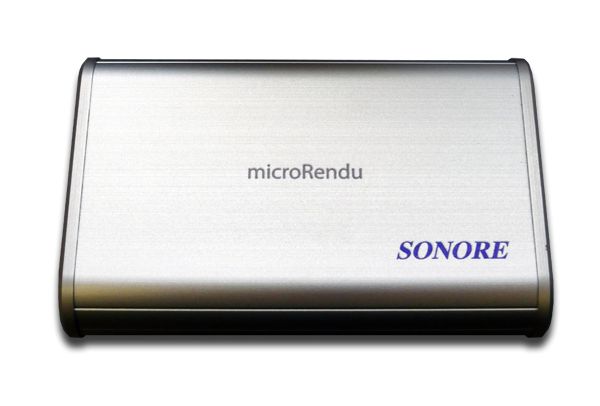
I've had the microRendu here in the dungeon since mid-August; when contact was initially made with Sonore, I was under the impression that it might take some length of time for the microRendu to arrive. It got here much more quickly than I anticipated, and of course, the delays in the building process have only helped to totally hinder the review process. Most of my equipment is in storage; I'm just not equipped for serious evaluation here with the rather minimalist system I have in place. But since we're getting close, I thought it might not be a bad idea to start playing about with all the equipment involved so I'll have a good working knowledge of the system when we do get into the new home.
My plan is to set things up in a headless system, with all music stored on a NAS (Network Attached Storage), which will be connected directly to my system's router. A high-quality CAT-6 connection will take the network to the listening room, where that signal will connect to the microRendu, which will in turn feed a USB connection to my PS Audio NuWave DSD DAC. I have a trial subscription to Roon, and Roon's Core is loaded onto a Solid State Drive that's connected to one of the USB 3.0 inputs on the NAS. Theoretically, it'll provide a totally ungimmicked signal to my amplifiers and speakers, resulting in superior sound quality. No noisy computer equipment or peripherals are present in the listening room, they all reside in the network closet next door. All connections will be hard-wired with Belden CAT-6 cables from Blue Jeans Cable.
When I first started looking into Roon as my server and music-playing software, it became apparent to me that using a NAS and streamer (microRendu) was a pretty ideal set up in terms of achieving superior sound quality. But if you go by the recommendations on Roon's website, using either a QNAP or Synology NAS of their choosing and configuration was excessively cost-prohibitive ($2000-plus for everything needed). That totally flies against everything I stand for in audio reproduction—while I want great sound, it needs to be affordable, too! I'd read more than a few blogs where users had cheaped-out and gone with a lower-powered NAS with varying results—I thought it would be worth at least a chance to try my luck with a less-expensive model.
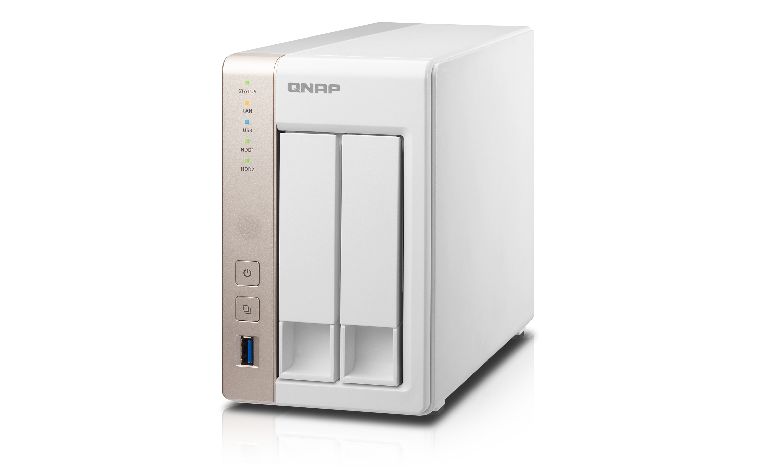
I acquired a QNAP TS 231+ 2-bay NAS, which I studied pretty intensely; and was certain that it would be capable of the job. However, it needed to contain a 64-bit operating system; while I was certain it did, it turns out, it didn't. I ended up returning it and going with a QNAP TS 251 ($249), which had a 64-bit Intel Celeron processor; I upgraded the RAM to 4GB for only an additional $30. Two Western Digital Red 2TB drives ($80 each) provided the storage complement, configured as RAID 1. I also added a 120GB SSD ($40) for placement of Roon's Core. The total damage came to $479, which is much more within my comfort zone.
I've been investigating running Roon on a NAS for several months; over that period, one of the most frequent comments I've read from audio and techno-types is "It couldn't be easier" regarding the setup. Over on Roon's website, there's a fairly extensive knowledge base, with a substantial amount of information from Chris Reike, who has created QNAP- and Synology-specific installation packages for creating a headless NAS setup. However, what is not there is anything remotely resembling step-by-step instructions guiding you completely through the installation process. Now, I know that there are an infinitely possible number of installations using Roon, a NAS and server or music-player software, but it would at least be really nice if there was some sort of tutorial on the site with slightly more detailed guidelines for anyone who isn't a completely literate computer geek. Like me.
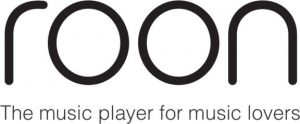
Trust me on this, I spent about a week of very late nights (usually past 2am) with plenty of moments of complete consternation trying to make this happen. My single biggest sticking point was trying to figure out how the Roon software is configured and controlled after the installation. The basic installation of Roon on the QNAP NAS is pretty straightforward; you configure and format the connected SSD to store the Roon Core, and you create a shared folder on the NAS that serves as a go-between for Core processes and your music files that are also located on the NAS. It seemed to make sense to me that control of Roon would then be set up via some process involving the Roon Core files stored on the SSD, or the Roon Server app that's been installed in the app center of the NAS.
That proved not to be the case. After about three completely fruitless days of reading various searches of Roon's database, I found a link to an independent review site (HERE) that detailed the setup process in more plain language. It suddenly became abundantly clear to me that Roon's Core is controlled either by an Android or i-Device, or by another copy of Roon running on a network-connected computer that serves a remote function only (you're only allowed one running installation of Roon per license). Maybe I was looking for an extra-bold headline (ATTENTION: ROON CONTROLLED BY REMOTE DEVICE), maybe I was starved for late-night caffeine, but for whatever reason, that very necessary bit of information flat-out eluded me for days.
Determining how to control Roon was the key to cracking this very difficult nut; in no time at all, I'd downloaded the free Roon Remote app for my Android tablet, programmed the network path that allowed it to find my music files and started the basic setup needed for music playback. At this point, Roon was looking for an output device, and I decided that it would probably be a good idea to place the microRendu in the system. I may not have access to music replayed with complete fidelity, but I'd at least have a handle on how the microRendu worked when installation in the new room was finally at hand.
With the installation of the microRendu and the accompanying iFi Power Supply, I was able to complete the Roon Remote setup. My current simplified system in the dungeon consists of the NAS and microRendu, both attached to the network. The microRendu feeds a USB signal to the input of a Centrance DACPort HD, which is a really good-sounding and impressive DSD-capable and portable DAC; it sends an analog signal via a 15-foot AudioQuest Golden Gate cable to a pair of AudioEngine HD3 powered speakers. Once again, this is far from the ultimate in fidelity, but it sounds damned good in my current digs. Hooking up the microRendu took about two minutes—to quote the experts again, "it couldn't be easier!"
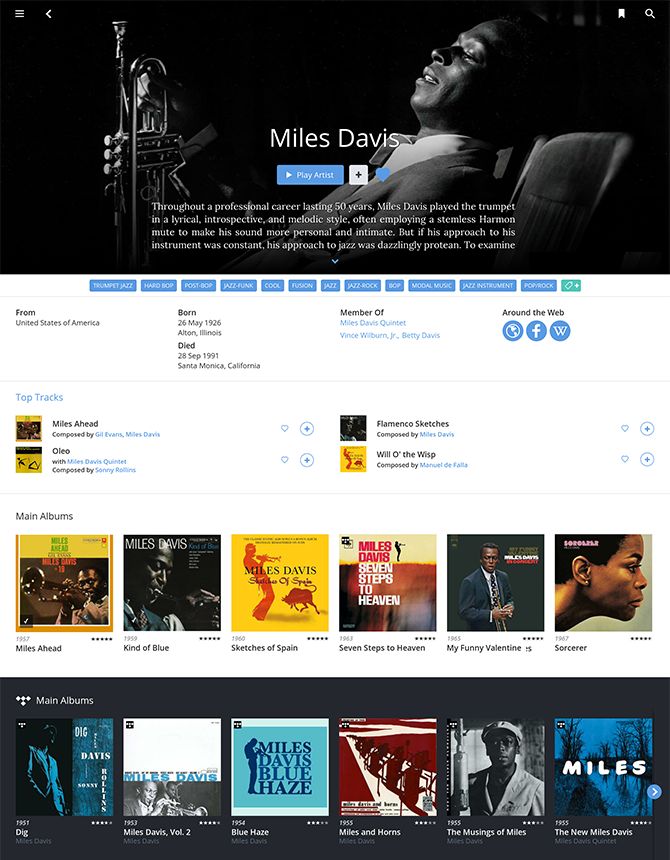
The last couple of days have mostly been nothing but pure heaven, with only a few bugs here and there. A few observations about the headless Roon/NAS/microRendu experience on the small scale thus far: 1) The Android version of Roon Remote doesn't allow for complete control of all Roon functions. It'll get you up and running, but you'll need to install Roon on another network attached computer as a remote to be able to fine-tune your setup. Everything will be synced automatically between your various devices. 2) Despite having heard nothing but praise for Roon, it's not quite as intuitively setup with regard to how I prefer my music files managed. There's plenty of "wow" factor, but it'll also require a good deal of effort and experimentation on your part to get things organized to your liking. 3) My lower-end NAS setup has performed perfectly without a single glitch thus far, with no noticeable delays or hiccups of any sort. Of course, the coming months will provide a much better opportunity to judge this setup on the big system, but for now—color me impressed!
Last, but not least: 4) The microRendu is most definitely all that, and more. Even playing through such a relatively modest system, you still get a really good impression of how amazing this baby is going to sound on the big rig, especially when the linear power supply gets installed. I'll reserve any sound quality impressions for the actual review, but for now, it's simply WOW! And while 2GB of redundant storage probably doesn't sound like very much at this point, I've got a mix of about 2000 albums covering CD-based rips, hi-rez PCM, and DSD files that total almost 24,000 tracks, and have only used about half the available volume. The WD hard drives are hot-swappable, so, if necessary, I can: A) add 4TB of existing additional storage via USB 3.0 connections easily, or B) upgrade to about 4TB of total RAID storage for an additional cash expenditure of about $200.
At this point, I'm addicted, and I've only just dipped my toes in the koolaid. Full reviews of everything will be forthcoming!
Roon
Sonore




